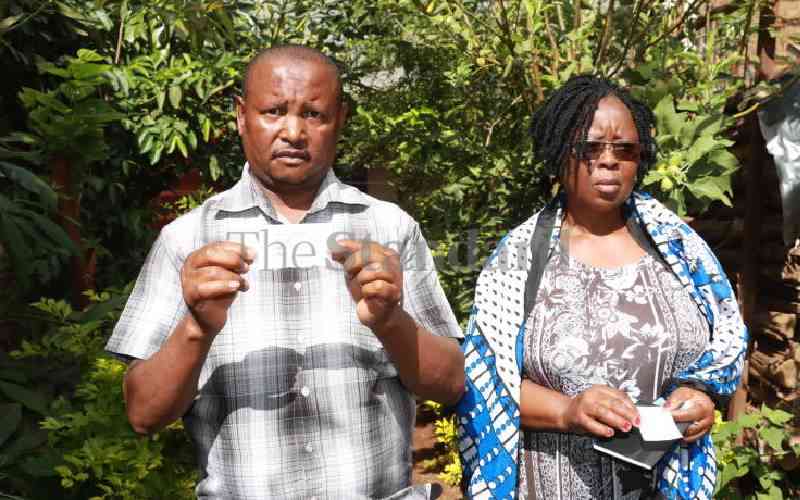The struggle with HIV and Aids pandemic among children and young people in Africa
What comes to your mind when you hear about Africa? Is it the land of hunger and diseases, war, corruption, lack of democracy or is it a feeling that the sun has started shining bright in Africa? You will bear me witness that Africa has its challenges and opportunities in equal measures. The continent is on the rise in terms of development in infrastructure such as roads, increased trade between African countries and other nations around the world, self-made billionaires are on the increase and not to forget the technological advancements in the continent.
African countries such as Nigeria, South Africa and Kenya are leading as the continents hub for Information Technology. But there is the other side of the coin – the fight against HIV and Aids pandemic that has literally robbed the continent its children and young people. Statistics reveal that African continent nearly accounts over 70% of those who live with HIV and Aids with the top countries been South Africa, Botswana, Lesotho, Zimbabwe, Namibia and Zambia.
It is unbelievable to see that at least 1,000 children and young people in Africa are infected with HIV every day. 23% of those infected are been treated. This begs the question, what is the cause for the increase in the high rates of children and young people with HIV and Aids in Africa? My conscience tells me that, for most young people it is negligence, exclusion and lack of taking extra measures to get knowledge on the effects of HIV and Aids.
For instance a slum like ‘Kibera’ at the heart of Kenya’s capital Nairobi is the biggest and the poorest African slum with a population of around one million. There are rampant cases of assault and rape and the slum has few schools, and most people cannot afford an education for their children. On the other hand, clean water is scarce and therefore diseases caused by related poor hygiene are prevalent. I would classify the slum as a ‘hub’ for poverty and diseases such as Malaria and Aids.
Poverty has been the key contributing factor in contracting and spreading of HIV and Aids pandemic, owing to the fact that many poor young people are engaged in trading their bodies for as little as 20 shillings (US $ 0.30) – to make ends meet in life. Community health centers in Africa are in adequate and cannot accommodate the large number of people living with HIV and Aids. They need treatment, counselling and other health services. Despite the efforts taken by various governments and non-government organizations to fight the disease, there's still widespread stigma and a lack of access to medicine across the continent. Some children are infected with Aids from birth or in infancy.
It is sad how most children take care of their parents during prolonged illness and some even watch them suffer and die while others watch their guardians succumb to AIDS. There has to be solutions to the above challenges. Part of the solution is to ensure that the pregnant women receive antiretroviral therapy to prevent their infant from getting infected with HIV. Governments ought to continue setting aside funds towards fighting HIV. There is need for sensitization and civic education especially to the young people- to educate them on the dangers of this disease and the measures necessary to protect themselves from contracting the disease.
 The Standard Group Plc is a
multi-media organization with investments in media platforms spanning newspaper
print operations, television, radio broadcasting, digital and online services. The
Standard Group is recognized as a leading multi-media house in Kenya with a key
influence in matters of national and international interest.
The Standard Group Plc is a
multi-media organization with investments in media platforms spanning newspaper
print operations, television, radio broadcasting, digital and online services. The
Standard Group is recognized as a leading multi-media house in Kenya with a key
influence in matters of national and international interest.
 The Standard Group Plc is a
multi-media organization with investments in media platforms spanning newspaper
print operations, television, radio broadcasting, digital and online services. The
Standard Group is recognized as a leading multi-media house in Kenya with a key
influence in matters of national and international interest.
The Standard Group Plc is a
multi-media organization with investments in media platforms spanning newspaper
print operations, television, radio broadcasting, digital and online services. The
Standard Group is recognized as a leading multi-media house in Kenya with a key
influence in matters of national and international interest.







